10 Fascinating Facts About The Dutch-Bred Keeshond
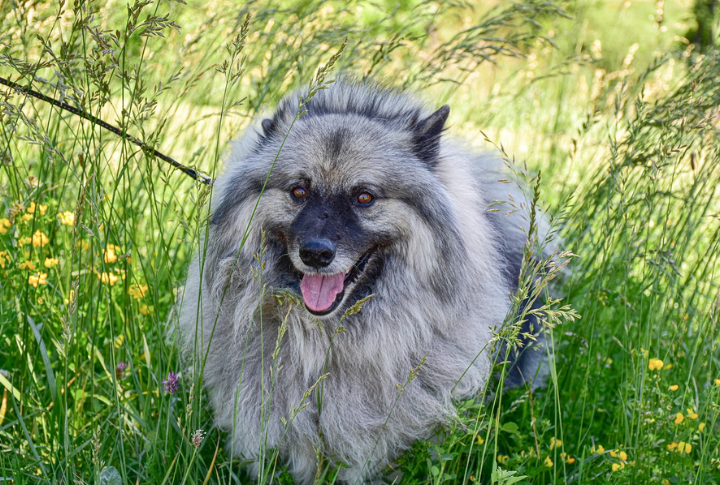
The Keeshond may look like a cloud on four legs, but its story runs deeper than its soft coat suggests. This Dutch original blends loyalty with legacy in unexpected ways. Take a closer look at what makes this breed quietly remarkable in so many circles.
The Name ‘Keeshond’ Honors A Dutch Patriot

Back in the 18th-century Netherlands, the Keeshond became a symbol of rebellion. It was named after Cornelis “Kees” de Gyselaer, a political leader. “Hond” means dog in Dutch, keeping things simple. The name is pronounced “KAYSS-hond” in English-speaking countries and carries more history than most people realize.
Their Plush Coat Has A Natural Dirt-Repelling Texture
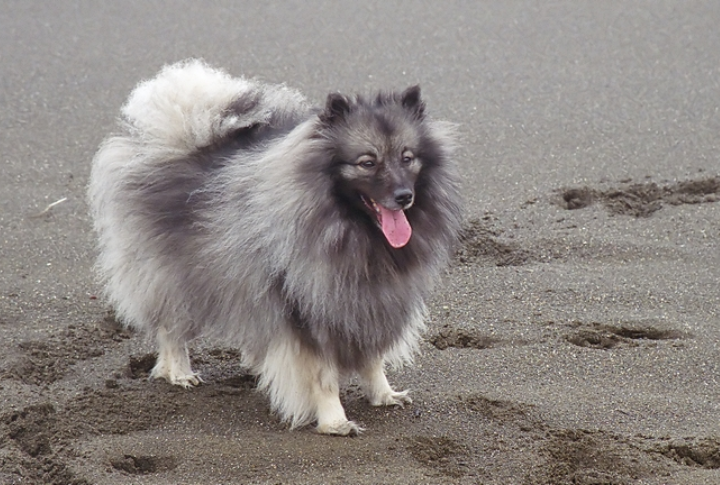
The coat consists of a thick underlayer and a straight outer layer that resists water and grime well in most conditions. They don’t have frequent bathing requirements, but regular brushing is essential. The texture also helps the breed adapt to chilly, damp regions, so it truly serves a purpose beyond appearance.
They’re Known For Their Constant Smiles
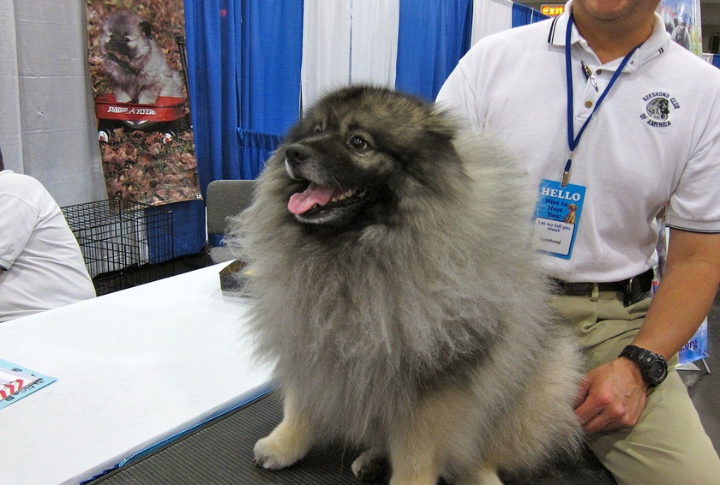
People often point out Keeshond’s cheerful expression. The way their mouths are set makes it look like they’re always smiling, reinforcing their reputation as friendly companions. This trait earned them the nickname “the smiling Dutchman.” It’s not just cute—it feels like a warm welcome every time.
Keeshonden Are Exceptional Family Dogs

These dogs show a natural gentleness with kids and a deep fondness for companionship. They thrive in households where people are present and engaged and rarely show aggression, even around other pets. That sense of connection makes them feel like part of the family right away.
They Were Once Called ‘Dutch Barge Dogs’ In America

Before the breed’s official name took hold, Americans often referred to them as “Dutch Barge Dogs.” That changed in 1930 when the AKC formally recognized the Keeshond. Early Dutch immigrants played a big role in that shift. The breed has slowly gained popularity over the decades, steadily earning admiration.
They Have An Impressive Memory For People And Places
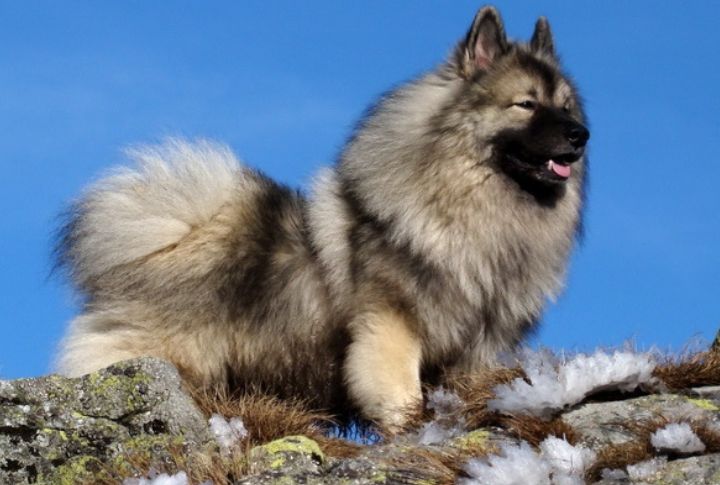
Keeshonden are known to recognize familiar faces even after long periods apart. Their sharp memory also extends to routines and surroundings. This breed often excels in obedience and agility thanks to that mental clarity. Also, their alertness pairs naturally with strong emotional intuition.
Their Bark Is Loud, Sharp, And Purposeful
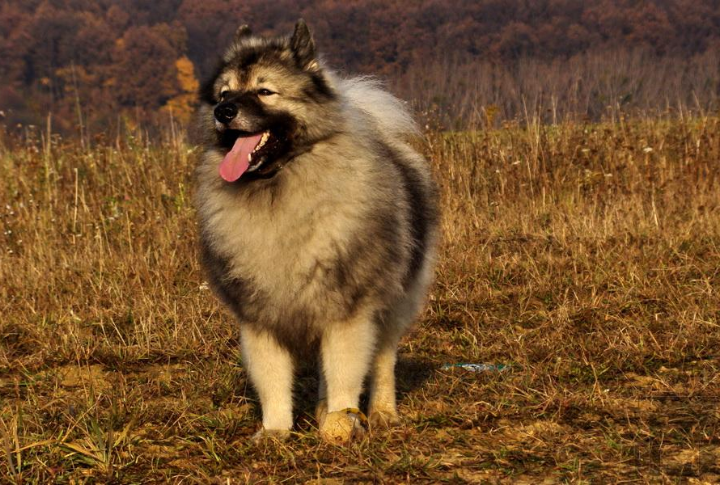
This isn’t a dog that barks for no reason. The Keeshond’s voice evolved to alert barge owners of intruders or danger. They still react quickly to changes in their environment and will be the first to alert you of any suspicious activity. Their bark isn’t excessive, but you’ll always know when something’s off.
They’re Closely Related To Other Spitz Breeds

The Keeshond shares deep roots with breeds like the Samoyed, Chow Chow, and Finnish Spitz. All came from ancient northern dogs bred for hardiness, and traits like curled tails and pointed ears link them across generations. But among spitz types, the Keeshond stands out for its warmth.
They Shed In Dramatic Seasonal Blows

Twice a year, the Keeshond’s coat goes through major “blows,” releasing large amounts of fur. These seasonal shifts are intense but predictable. Daily brushing during those weeks helps manage the fluff, and for many owners, it becomes just another part of the rhythm. Despite the heavy coat, they’re relatively low-odor dogs.
They’re Medium-Sized But Look Bigger Than They Are
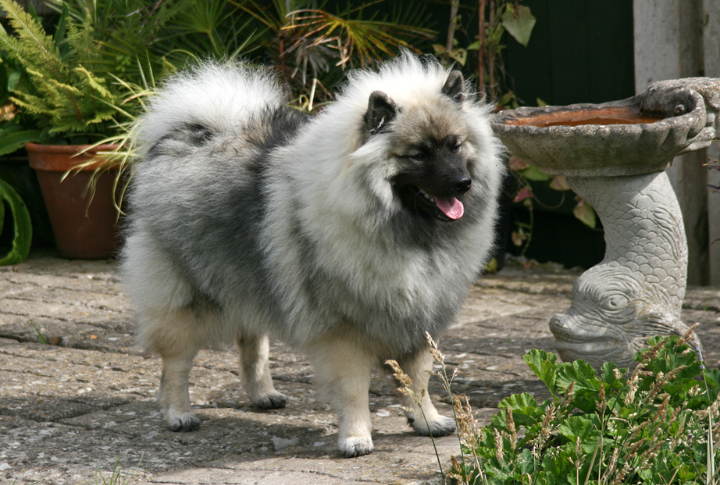
Despite appearances, most adult Keeshonden weigh between 35 and 45 pounds. Their thick double coat adds the illusion of extra size. Though they adapt well to apartment life, they need enough exercise. Also, their needs go beyond daily walks—mental engagement matters just as much.





